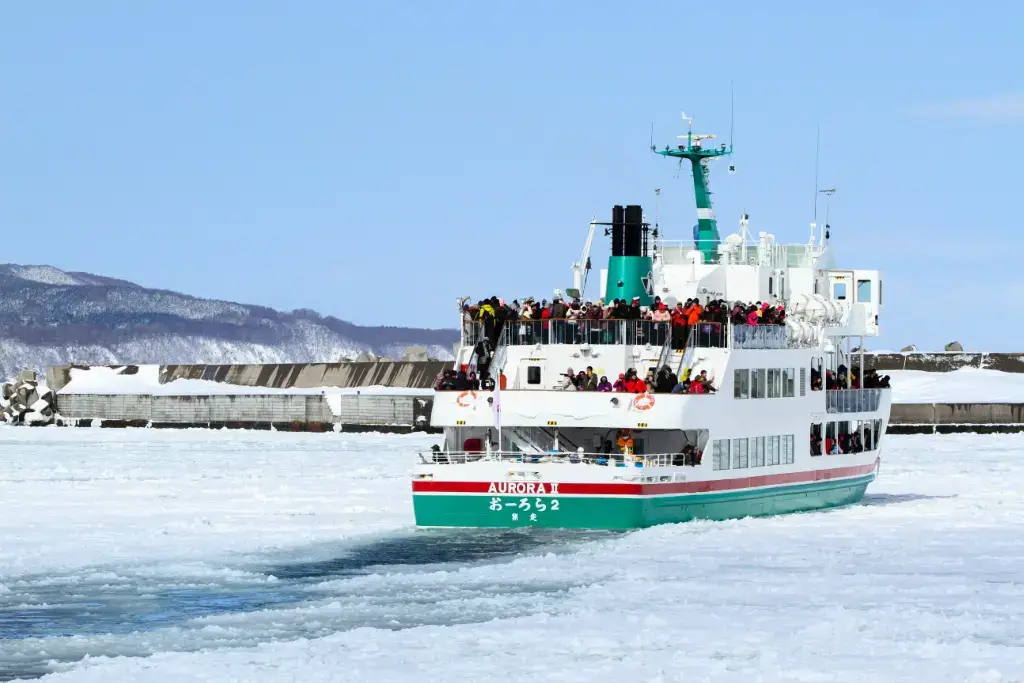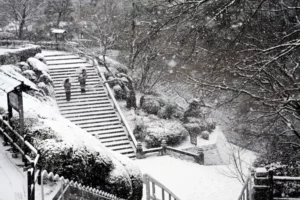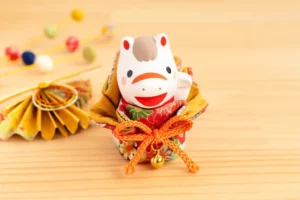Japan offers a diverse range of cruise experiences, taking in various stunning landscapes. But, in the chilly grip of winter, some voyages pull in adventurers from around the globe. At the forefront of these wintry trips is the Abashiri Icebreaker Cruise in Hokkaido. This attraction was born from a desire to navigate the frozen ocean and survive a harsh climate safely.
It now boosts local tourism while offering prime opportunities for wildlife spotting. It also ties into larger issues, such as environmental education and human ingenuity. If you’re curious about frozen seas, the Abashiri Icebreaker Cruise provides that thrill. Today, we’ll voyage into its history and evolution, and learn how you can experience it for yourself.
Table of Contents
ToggleWhat is the Abashiri Icebreaker Cruise?
The Abashiri Icebreaker Cruise is Hokkaido‘s ultimate winter thrill ride. This cruise takes you on a journey through the vast expanses of sea ice that surround northern Japan in the winter months. As the name suggests, powerful ships break through drift ice, turning a once impassable sea into a viable route. The view and experience are unique, as regular ships are unable to perform this specialized action. Passengers get an up-close encounter with the beauty and wildlife of the frozen landscape. The cruise gets its name from the coastal town of Abashiri, where the ships are based.

Abashiri’s Drift Ice History
Abashiri’s proximity to drift ice has long drawn wide-eyed visitors to its shores, shaping the town itself. This mesmerizing phenomenon begins far away, as fresh water from Russia’s mighty Amur River freezes under Siberian winds. The drifts then move southward through the Sea of Okhotsk, hugging the coast of Hokkaido. These floating chunks typically arrive in mid-January and vanish by mid-April. They create a surreal, ever-shifting seascape that can only be witnessed in a handful of spots globally.
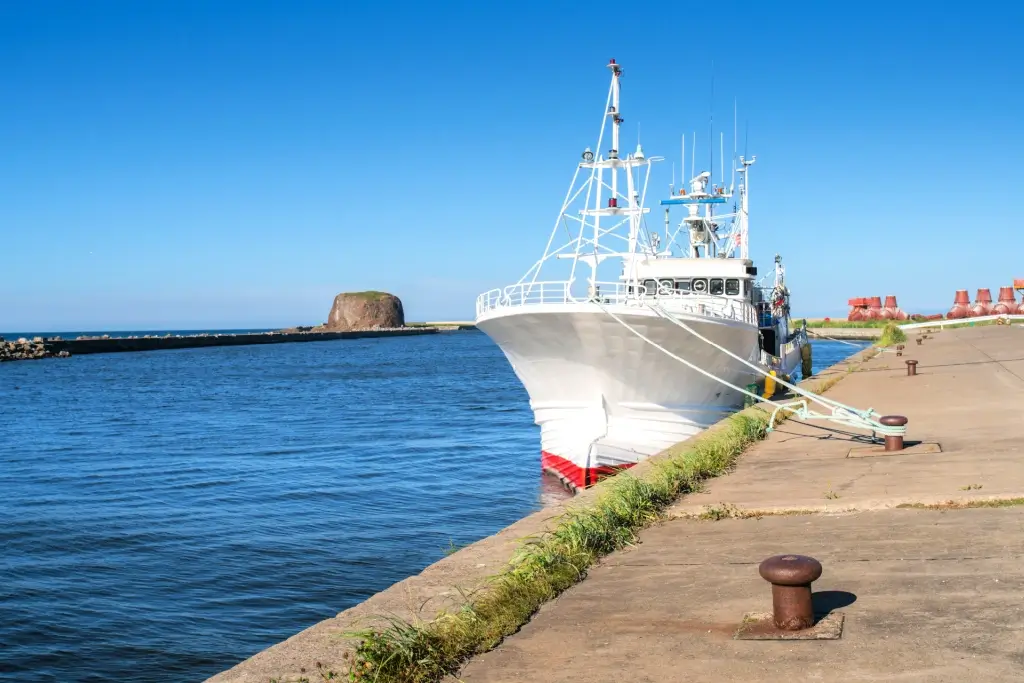
Formal observation of the phenomenon in Japan started in 1892. Local weather offices tracked the drifts’ arrival from coastal vantage points in Abashiri to safeguard ships. In the 1950s, Japan’s Coast Guard stepped in to assist with patrols across the Okhotsk Sea. Then, in 1957, they added aerial surveys to enhance the mapping and tracking of the icy obstacles. Eventually by 1970, the Ice Information Center was established to secure the area further. As a result, it was finally safe enough for the town to consider establishing a tourism industry centered on this natural phenomenon.
Origins of Icebreaker Tourism in Abashiri
But this new tourism genre didn’t just happen. It evolved from a combination of local festivals, clever marketing, and a hint of winter adventure. Its roots trace back to the 1980s, when local winter festivals drew crowds with quirky events like ice-pulling contests and winter camping. The Okhotsk Drift Ice Festival began in 1987, and soon became a hit. Its stunning sculptures attracted visitors and boosted the local economy even in the cold of winter. A dedicated promotional council was established in the 1990s. Inspired by the ships used by Antarctic explorers, the council rallied to purchase similar ships based on the technology.
Are you looking for great snacks for your next adventure? Check out Sakuraco! Sakuraco delivers traditional Japanese snacks, sweets, teas, and more from local Japanese makers right to your door!
Launch and Evolution of the Aurora Ships
The first ship was built and launched at the Muroran shipyard in 1990. The name “Aurora 1” was unveiled in July, and it hit the waves on its maiden voyage in January of 1991. Passenger numbers skyrocketed past 100,000 in the first year, proving the allure of this frozen frontier.
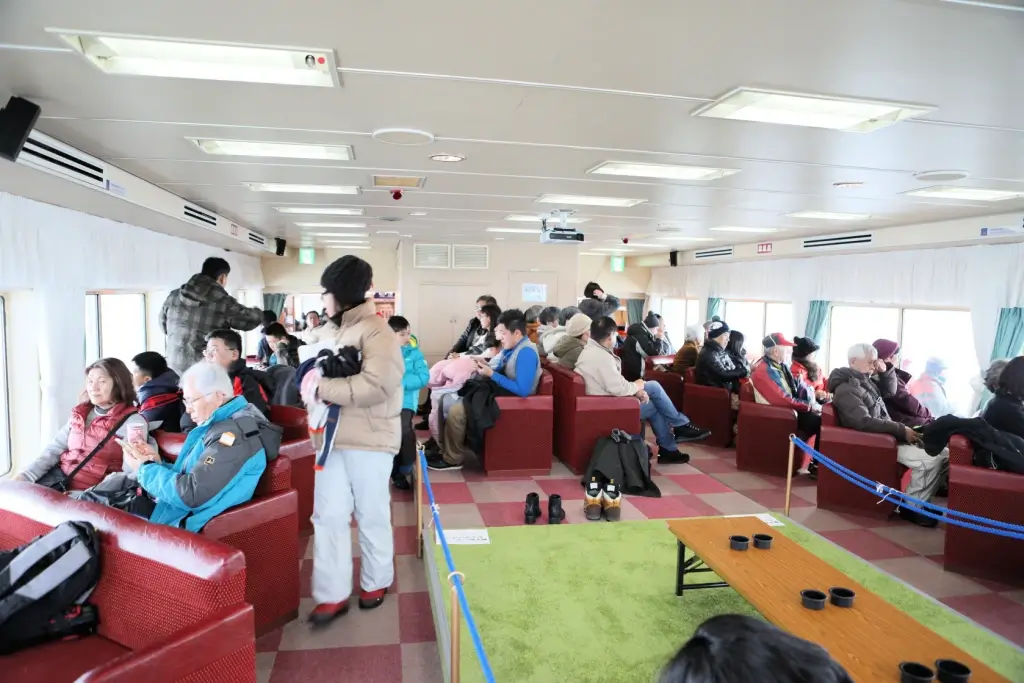
Aurora 2 upgraded the experience with enhanced comfort. They feature heated interiors, spacious decks, and multiple additions based on the yearly conditions, ensuring safety and spectacle every time. Then, in 2023, Aurora 3 was added to the fleet. The new boat boasted live underwater drone feeds, offering mind-blowing views beneath the ice sheets.
Modern-Day Cruises and Travel Tips
Today, the Abashiri Icebreaker Cruise is a staple of Hokkaido’s winter. The ships crunch through white expanses, revealing underwater worlds and wildlife wonders. Passengers can spot majestic Steller’s sea eagles soaring overhead, playful seals lounging on floes, or even orcas in the distance. The boats run multiple daily tours and are wildly popular.
Tickets cost approximately 4,000 yen ($25.62) for adults, so we recommend reserving your seats early via the official site, as spots fill up quickly. Peak ice season is in February. Many people plan their trips at this time to coincide with the Okhotsk Drift Ice Festival, where massive ice sculptures illuminate the night. Also, keep an eye on the drift schedules, as their arrival can vary. Most importantly, wear thermal gear, hats, and gloves to protect against the biting winds.
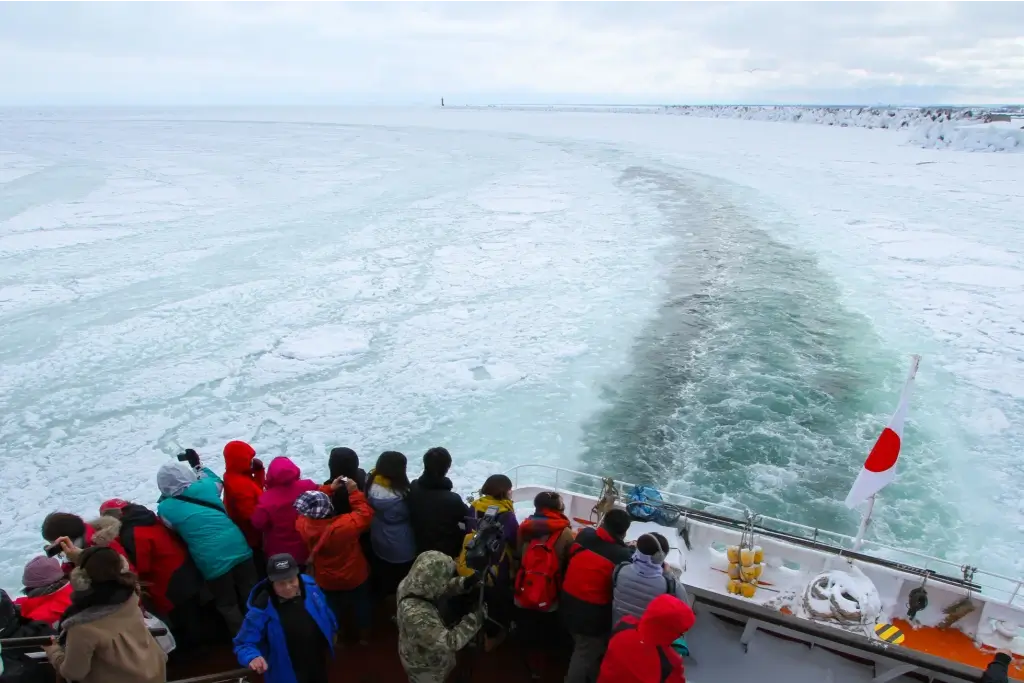
It’s a 30-minute bus ride from Memanbetsu Airport to Abashiri. Departures launch from the Road Station Ryuhyo Kaido Abashiri, a stone’s throw from JR Abashiri Station. The powerful Aurora ships typically run from late January to early April, following the drifts. They can accommodate over 400 passengers each in heated comfort, and are complete with observation decks for panoramic views.
Each cruise lasts about an hour round-trip. While waiting, snag some warm sweets or hot cocoa at nearby shops to fuel your frosty quest. If you have a more open schedule, there are attractions nearby. The Okhotsk Ryuhyo Museum has interactive exhibits on ice formation. And Notoro Cape is famous for eagle-watching and feasting on succulent crabs straight from the sea.
Why is the Abashiri Icebreaker Cruise popular in Japan?
The Abashiri Icebreaker Cruise is popular in Japan due to the opportunity to explore a world that is otherwise difficult to access. Usually, venturing into an icy expanse of ice flows is a dangerous undertaking, requiring extensive planning and specialized gear. But these cruises make it possible for the average person to appreciate these normally inaccessible environments.
Overall, the people of this remote Hokkaido community have turned what was once a maritime hazard into a source of income and transformed a harsh landscape into a must-do attraction! Are you interested in experiencing the thrill of an Arctic explorer without the extreme trek? Or have you experienced this attraction before? Tell your stories in the comments below!


